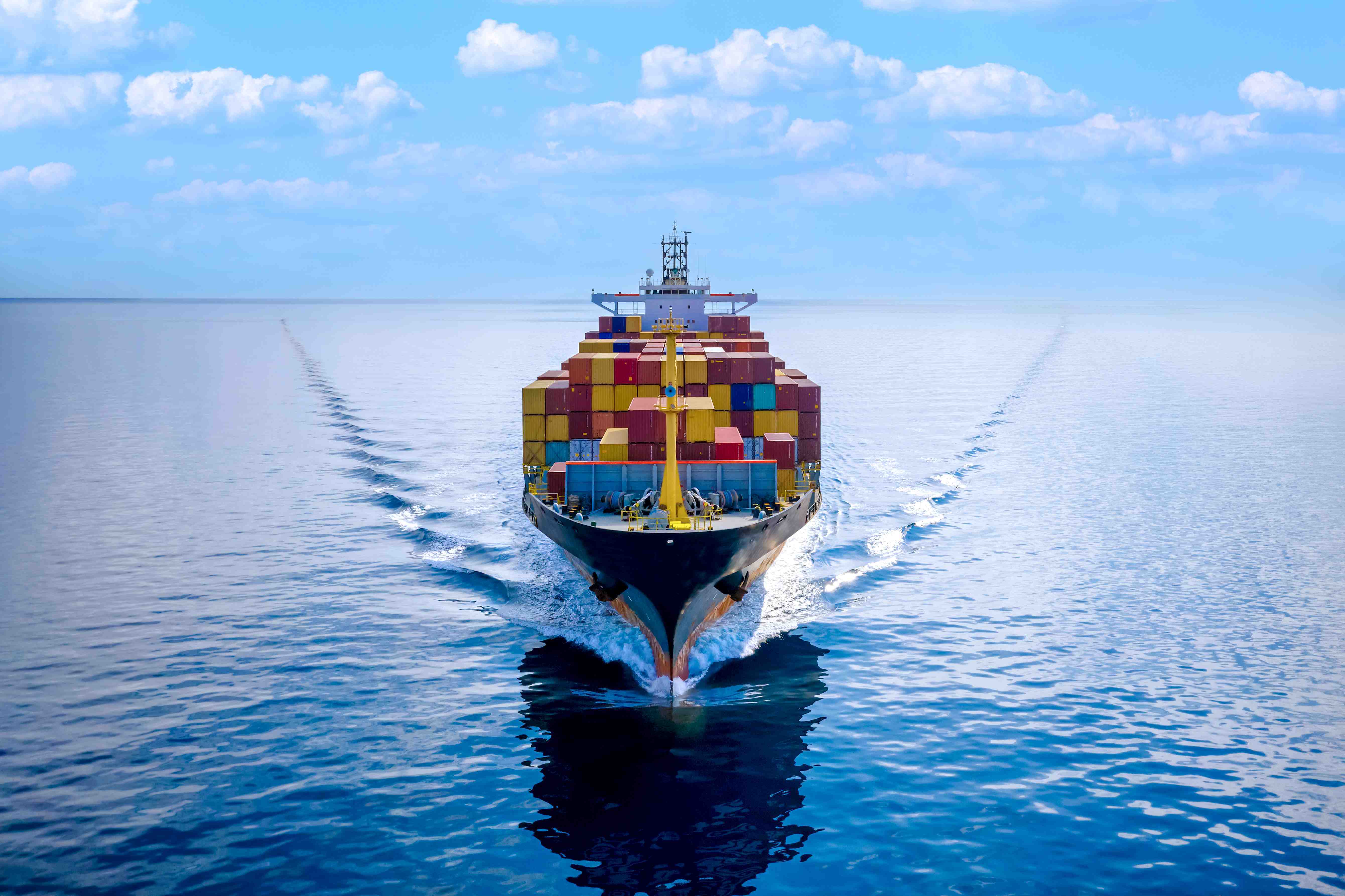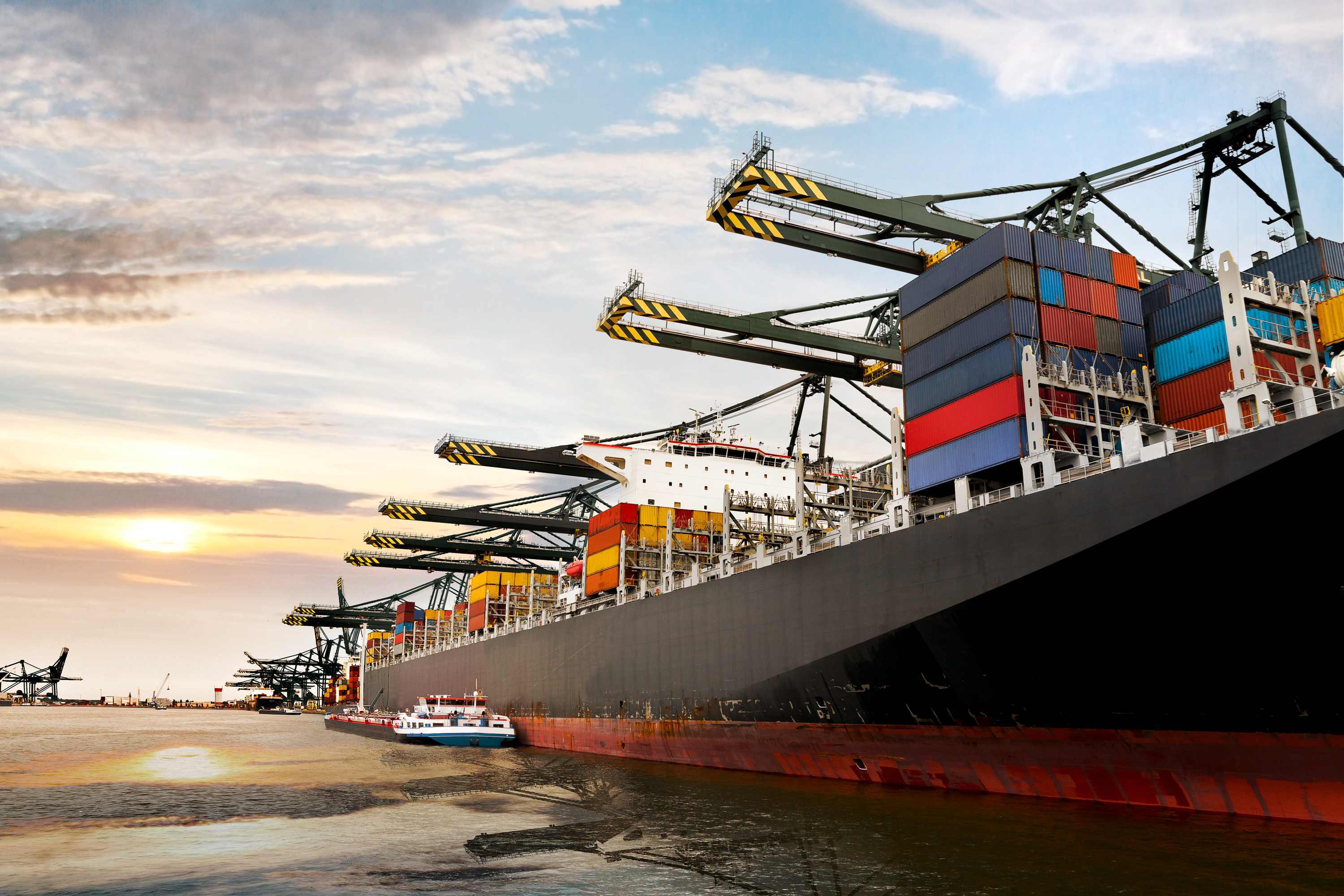
Sea freight has proven itself to be one of the most effective shipping methods for large volumes of cargo over long distances. Depending on who you ask, this method has been in use for over 700,000 years.
While, indeed, going the ocean way can reduce your expenses and even save on costs, it is not without its risks. This guide is going to present you with both sides of the coin so you can make the right decision for your business.
Cost Savings of Ocean Freight
Here's how choosing the sea can help you save money:
Lower Per Unit Costs
Say you're a manufacturer shipping machinery parts from China to Europe. It may set you back USD$50,000 to transport 50 tons of these parts using air freight. The same shipment might cost between USD$2,000–USD$3,000 via ocean freight services.
Economies of Scale
Take a mega-container ship carrying 20,000 TEUs (Twenty-Foot Equivalent Units). By virtue of this volume, it spreads its operational costs across all containers.
You may find that a single container only costs USD$1,500–USD$2,000 to transport from Asia to Europe. That's far lower than if it were shipped independently.
No Size Restrictions
Think about a wind turbine that's measuring up to 80 meters in length. It might be difficult to transport it via means such as air, thanks to the very strict size limitations.
However, there's a plethora of specialized vessels that are designed for oversized cargo. You can get this for your wind turbine without incurring extra charges.
These are some of the cost savings that come with ocean freight shipping. If it feels like the best approach for your business, consider taking full advantage of Apollo Logistic sea freight or other shipping service providers you know.
A reliable partner can help you maximize cost savings through optimized routes, competitive rates, and expert handling. All these good tidings can play to your business advantage.
Hidden Risks of Sea Freight

Sea freight comes with significant cost advantages. But there are potential pitfalls you should keep in mind too:
Longer Transit Times
Air freight may take anywhere from one to seven days, depending on the service you've opted for. On the flip side, sea freight takes anywhere between 20 and 45 days.
This delay may mean trouble in supply chains, especially in situations where your inventory levels aren't well managed. Holding on to higher safety stock levels may be a remedy, but then, you may find yourself facing increased warehousing costs.
Destination Port Congestion and Delays
Traffic in the high seas, labor strikes, weather conditions, infrastructure limitations. All these adversely affect ocean freight shipments. And when they do, you can feel the pinch in terms of penalties, lost sales, and even ruined relationships with customers whose business survival depends on your prompt delivery.
Vulnerability to Weather Conditions
Storms, hurricanes, and adverse weather events can lead to delays or damage to cargo. Therefore, you may need to pay more in insurance premiums, especially when shipping high-value goods. If the goods get destroyed, you may also need to take care of repairs or replacements. That's an extra cost.
Piracy and Security Concerns
Places like the Gulf of Aden and the Strait of Malacca are some of the busiest shipping routes. They have also earned a reputation as a pirates' paradise. The danger these malicious actors pose to the crew and cargo can have you either paying extra in security costs or having to reroute your shipments.
Currency Fluctuations
Shipping and global trade go hand in hand. One thing that's hard to ignore is currency fluctuations. Take a business based in India that's contracted a container shipment to the UK at a rate quoted in USD.
When the Indian rupee depreciated by 5% against the dollar between contract signing and payment, the actual cost of the shipment increased approximately USD$400. This has the capacity to throw the company's budgeting plans into a tailspin.
These are all possibilities you should be prepared for when it comes to freight shipping. Now, how do you get ahead of these challenges?
- Avoid relying on a single route. Diversiy to reduce vulnerability to regional disruptions.
- Work with experienced freight forwarders who understand local regulations and are efficient on their feet when you encounter complexities efficiently.
- Stay informed about currency fluctuations, regulatory changes, and geopolitical developments affecting shipping routes.
- Combine smaller shipments into larger ones to reduce unit costs and improve efficiency.
- Ensure adequate coverage for all potential risks, including theft, damage, and delays.
Some of these challenges are within your grasp, some are not. Focus on what you can control to keep your goods well protected as they traverse the rough seas.
Closing Thoughts
Sea freight remains an indispensable component of global trade. The benefits and convenience cannot be ignored. However, you must balance these savings against the inherent risks associated with this mode of transport. This can help you make smarter decisions that keep your costs down and your shipments moving smoothly.







